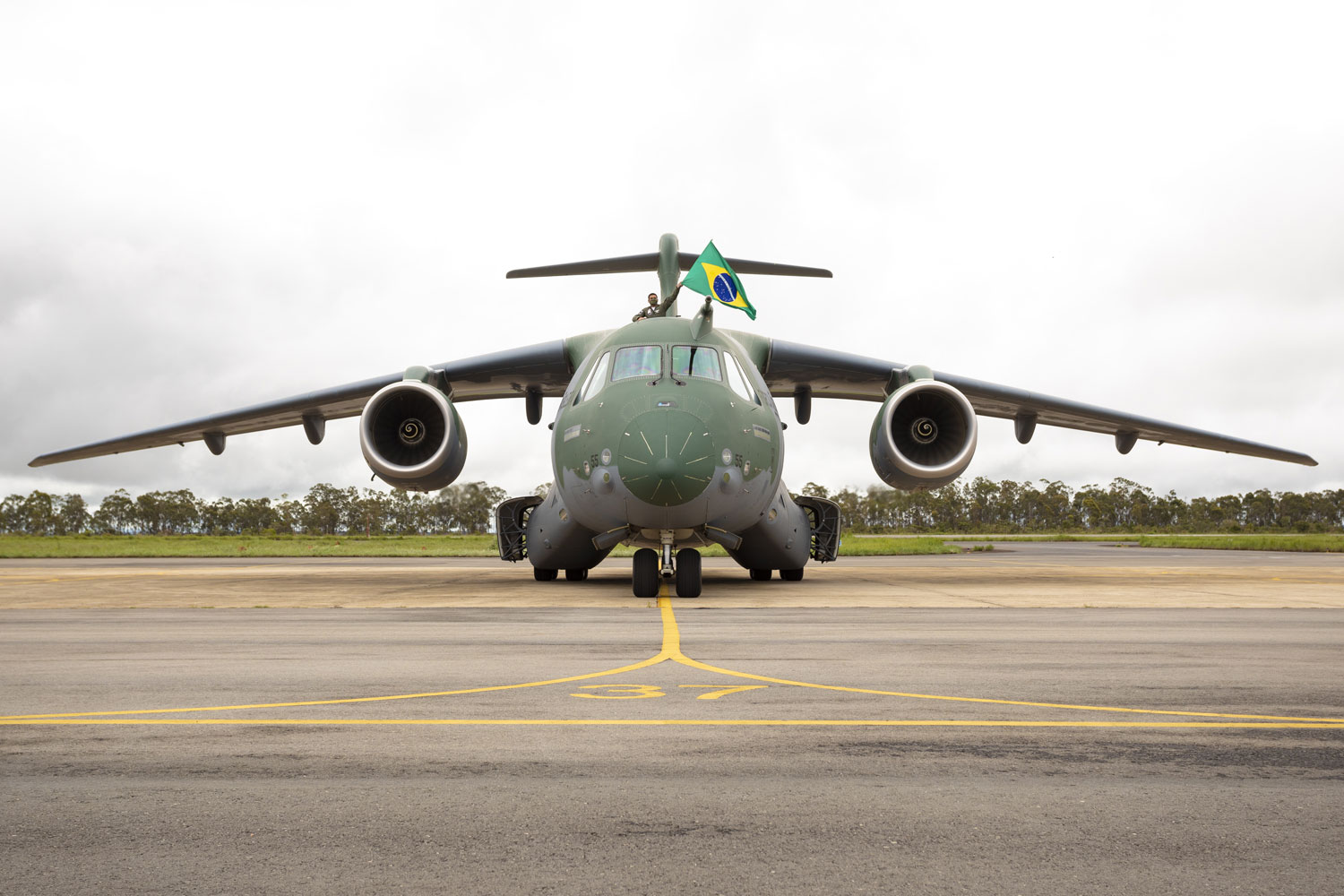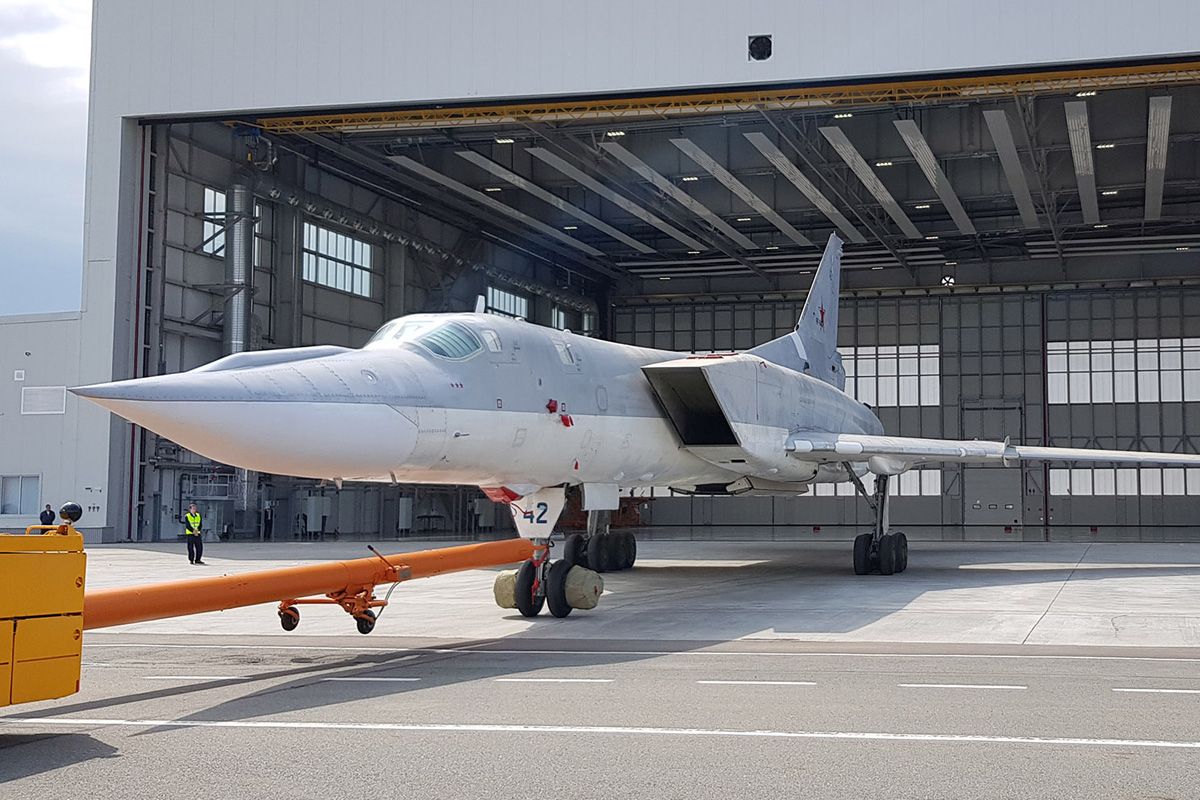Aircraft that will train future generations of fighter and bomber pilots of the United States Air Force (USAF), the first serial production T-7A Red Hawk has recently completed taxi tests, Boeing said.
According to the company, the ground test stage verifies the capabilities and handling systems of the aircraft in preparation for the first flight, which will take place soon.
“The flight controls and commands to the fly-by-wire system were crisp and the aircraft maneuvered exceptionally well,” said Steve Schmidt, Boeing’s T-7 chief test pilot. “Everything operated as designed and expected.”
The ground-evaluated aircraft is the first of five T-7As that will be deployed in the T-7A engineering and production development campaign.
Initial flight tests will take place at Boeing headquarters in St. Louis, Missouri. Later, the same planes will be transferred to the USAF base in Edwards, California.
All systems go. ✔️
T-7A #RedHawk has completed closely-monitored taxi runs to confirm all power, electrical and mission systems are operational. The first of the @USAirForce‘s newest advanced trainer fleet is nearly ready to take to the skies for its maiden flight. pic.twitter.com/nqGAox2sJZ
— Boeing Defense (@BoeingDefense) June 20, 2023
“Our priorities are developing this advanced trainer and getting it to future fighter and bomber pilots,” said Evelyn Moore, vice president and T-7 program manager. “This test brings us one step closer to the T-7A Red Hawk taking to the skies.”
In June, the Red Hawk achieved Military Flight Release (MFR), a military certification granted by the USAF. With this homologation, the production aircraft is cleared to take off with pilots from the corporation.
In 2019, the T-7A Red Hawk was selected in the USAF competition to replace the Northrop T-38 Talon, training jets that have been in service since the 1960s.
Supersonic, the T-7A is jointly developed by Boeing and Saab and uses advanced digital tools that have reduced design time.
Despite this, problems with the activation of the ejection seat postponed entry into service from 2025 to 2026.






